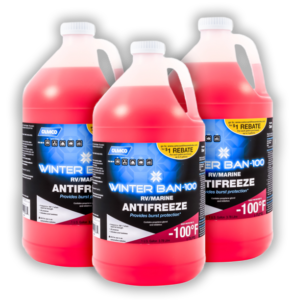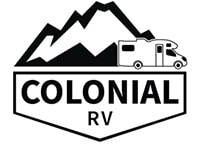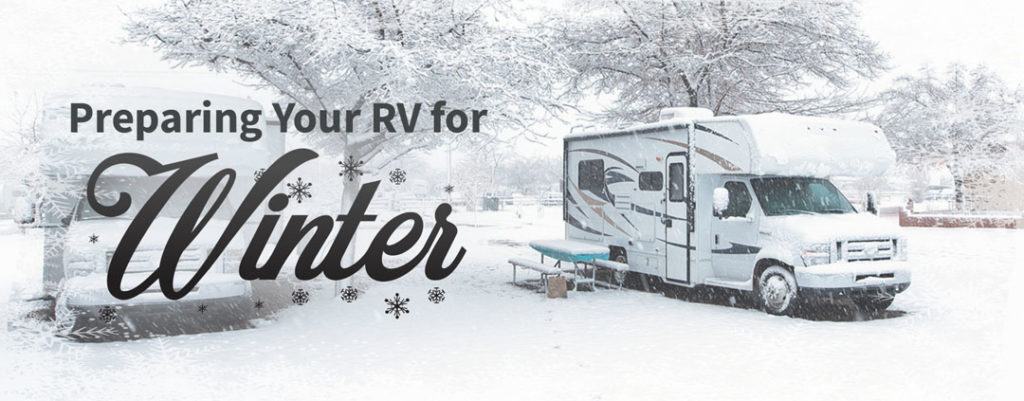Prepairing your RV for Winter
It’s that time of the year again, the leaves are falling, the days are shorter, and the cold weather is here. With the colder temperatures here, you will need to winterize your RV and store it for the winter. Below are some of the preventive measures needed to avoid any damage and make sure your RV is ready to use in the spring time.
Winterizing
The first step to preparing your RV for the cold is winterizing your RVs plumbing system to prevent freezing. With lots of areas for water and moisture to hide, winterizing your RV is critical and can avoid expensive repairs when things start to thaw. Below are the steps needed to winterize your RVs plumbing system.
#1 Bypass Water Filters
The first step is to bypass any in-line water filters. Bypassing the water filters will prevent damage to the filters when antifreeze is added to the plumbing system.
#2 Drain Black and Gray Water Tanks
The next step is to drain your black and gray water tanks. After draining your black tank it is important to clean and flush to avoid the spread of any bacteria.
#3 Bypass water heater
Before you add any antifreeze to the system you will need to bypass the water heater. This will prevent antifreeze from entering the water heater and contaminating it.
#4 Drain water lines and water heater
Now is the time to drain your water heater and water lines. To ensure all water is out of the system you can use a blow out plug. Open all faucets, including the shower and the outdoor shower if you have one. Attach the blow out plug to the city water inlet and use an air compressor to blow out the lines.
#5 Add antifreeze
To add antifreeze to the plumbing system you will first need to disconnect the inlet side of the water pump and insert it into an antifreeze bottle. Close all faucets and drain valves, then turn on the water pump to pressurize the system. Open the hot water on each faucet until you see antifreeze. Close the hot side, open the cold side and repeat the process. Do this for all the faucets inside and outside your RV. Turn off the water pump and open all the faucets. You can then pour additional antifreeze down the drain of each sink and in the toilet.
- Camco antifreezes inhibit fouling and corrosion while preventing algae growth
- Help in lubricating pumps and valves throughout the system
- Use in boats, RV’s, vacation homes, pools
- Safe for copper, brass and all types of plastic
- Non-toxic propylene glycol formula.
- Safe and tasteless
- Can be used for sanitation and gray waste line protection.

Storage
There are a few things to consider when storing your RV outside during the winter months. Ideally you want to park your RV under a shelter to avoid the elements, but for some that is not possible. Choose a safe location away from any trees that could fall on your RV during a wind or ice storm.
When storing your RV outside for extended periods of time it is important to park on a paved or other hard surface. This will avoid the tires from sinking into the ground and causing damage over time. If your RV will be parked for several months, moving it every month will help avoid flat spots on the tires. Inspect the exterior of your RV for any holes or cracks where water can get in, reseal where necessary.
Finally, be sure to remove any food from your RV before storing to discourage any rodents. Consider placing mouse traps around your RV and pay special attention to where rodents can get in.
If you have any questions about winterizing your RV or would like to schedule a winterizing service, give us a call at 1-800-265-9019.


